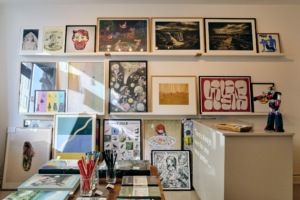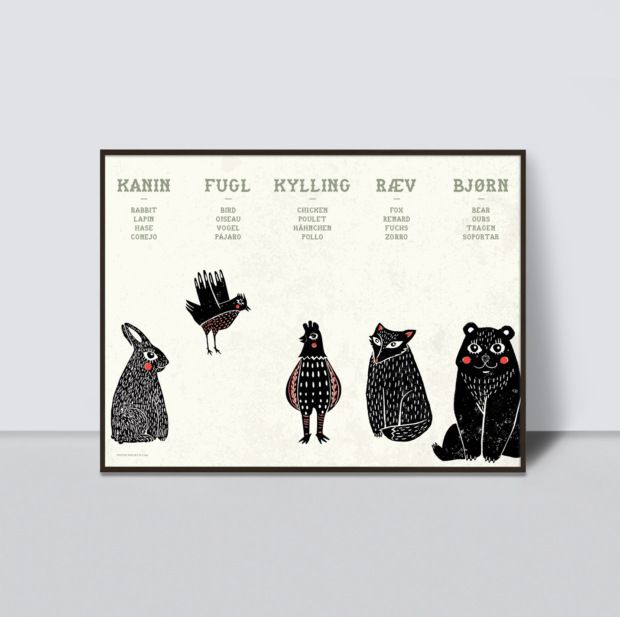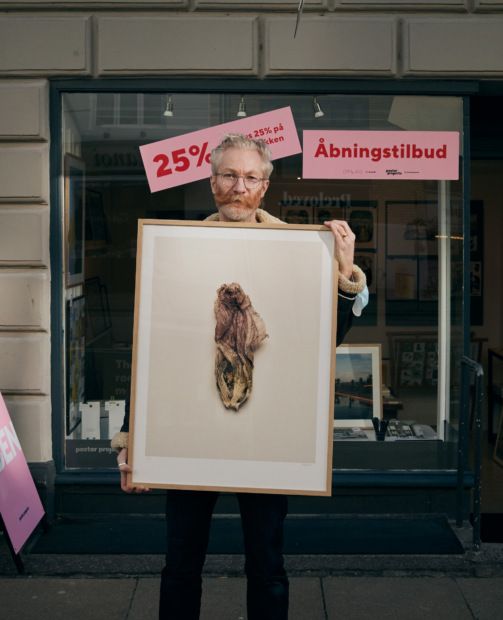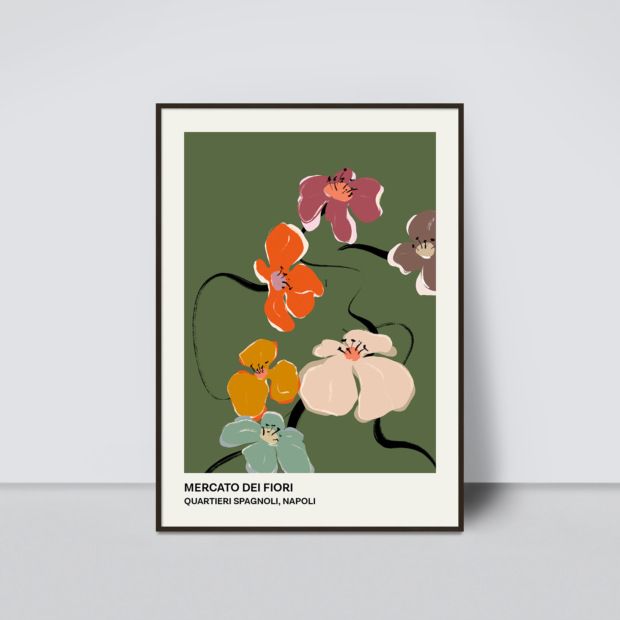Opinion
What a Wonderful World: Why choosing good wall art is an investment in yourself
Katerina Deligianni
This article is more than 3 years old.

Upon arriving in Copenhagen from a Mediterranean country, where I lived all my life until now, I was immediately triggered by Scandinavian architecture, art and design.
Art in their hearts
One of the most captivating details is the love the Danes have for any type of art: from sculptures and paintings, decorative vases and designer lamps, to hand-knotted rugs and illustrated posters framed in oak or birch wood – to mention but a few.
The Danes are always so happy to buy art pieces for their houses, new or used, from a ‘loppemarked’.
Different focal points
While in the southern countries we mostly embrace the exterior environment of our homes to the extent they are orientated towards the outside – balconies, terraces, backyards and sofas facing windows – in the northern countries, the centrepiece of a living room is almost certainly a beautiful piece of wall art.
That is clearly due to the ‘darkness’ we experience for most of the winter. The absence of daylight, coupled with the rainy, grey days, provoke a need for beauty, inspiration and enlightenment.
Of course, the use of wall art is not limited to the living room, as we often encounter exciting art pieces in the kitchen/dining area, in the hallway, and even inside the bathroom!

Acting on impulse
This insight was the main topic of conversation I recently shared with graphic artist Dan Eggers (daneggers.dk), the co-owner of Poster Projects (posterprojects.com), a charming poster shop that recently opened in my neighbourhood at Cassensgade 10 in Østerbro.
My encounter with Dan was impulsive. While walking by his store with my dog, my eyes caught the lovely colours of an elegant and minimal poster with illustrated flowers. Next to it was an abstract design with warm, earthy tones that I immediately thought to buy as a gift for a friend’s house.
As is natural for me, I entered this lovely place with no second thought and started asking many questions – all of which, thankfully, a smiling Dan was very kind enough to answer.

Investing in yourself
Dan Eggers and Kristian Granquist (granquist.dk) collaborate with designers, illustrators and photographers to produce their prints in Denmark at a Nordic eco-labelled company. The result is posters with great aesthetics, unique designs and fascinating colours.
The extensive use of wall posters in Copenhagen has completely changed my point of view of wall art – I am now a confirmed fan (see box).
As a creative designer myself, I can’t help but embrace this kind of initiative and invite you all to invest in some wall art. Believe me, it’s an investment in yourself!

Love, laugh, let go
Choose colours that speak to your heart, images that make you dream, patterns that make your soul giggle, and designs that make a strong statement.
Whatever you choose, bear in mind the natural daylight in your house, as well as the indirect lighting from a lamp. Remember that a black background works as a hole, giving depth and mystery, while pale colours are more soothing and probably more suitable for a nursery.
Now that the days are getting longer and we’re heading into spring, take a stroll around your local area and discover gems like Poster Projects. Invest time in choosing the right design for your home or as a gift for someone special.
Happy hunting!
Pulling power of posters
They are affordable: there are many options on the market depending on your budget.
They can be exclusive: source limited prints in places like Poster Projects, which supports and enhances the work of designers and artists.
Fabulous frames: choose natural or lacquered wood, or maybe metal depending on your interior styling preferences.
Support creatives: buying a wall poster from a local shop supports a whole team of creative people who every day pour their passion for design, colours, typography and photography into their artistic process.

About
Katerina Deligianni
Katerina is a visual artist/interior architect who came to Denmark a year ago to explore the north together with Wally, her dog. With a Greek heritage, Italian culture and universal vibes, she gets inspired by Mother Nature and human smiles, finding beauty in the details. Her dream would be being able to take pictures with her eyes to show you the world as she sees it. Find her at katerinadeligianni.com










































